The five key aspects are: production, community, development, storytelling, and updates.
Author: Zen
Reference article: 《5 things to learn from AAA studios》
After being online for nearly a month, "Black Myth: Wukong" as a legendary domestic AAA game is still continuing its success. According to VG Insights, as of September 12th, the game has sold over 19 million copies on the Steam platform. Its first investor, Wu Dan, predicted that the game's sales during its lifecycle are expected to reach 30 million copies, and from the current trend, this goal is indeed likely to be achieved.
The reason why "Black Myth: Wukong" can demonstrate such strong market appeal is mainly attributed to its development team "Game Science" strictly adhering to the high standard production process of AAA-level games - from exquisite graphics, narrative-driven design, to deep community interaction, all demonstrating excellent professional standards. The successful experience of studios like Game Science, which are AAA-level, provides important inspiration for developers, including Web3 games.
In fact, many independent game developers with limited budgets and resources have created numerous interesting and well-received high-quality games by learning from and emulating the standards of AAA game developers. For Web3 creators, they can also refer to these experiences and practices, focusing on quality and user experience when building games, in order to stand out in the competitive market and win broader user support and market share.
1. Game production quality is crucial
High production quality is a standard feature of AAA games and is also one of their core characteristics. This involves the collaborative work of three main elements: exquisite graphics and cinematic effects, powerful art direction, and high-quality sound design. These elements together create an overall presentation effect, creating a stunning experience for players.
Exquisite graphics
AAA games are known for their visually impactful graphics, and independent developers can achieve similar effects by pursuing excellence in detail. "Hollow Knight" developed by Team Cherry is a good example. The developers, a three-person team from Australia, created astonishing visual effects despite limited independent development resources, through high-quality art and sound design. This demonstrates that independent teams can also maintain a high standard without a large amount of resources by using easily developed tools like Unity and Unreal Engine, as well as high-quality materials and unique styles.
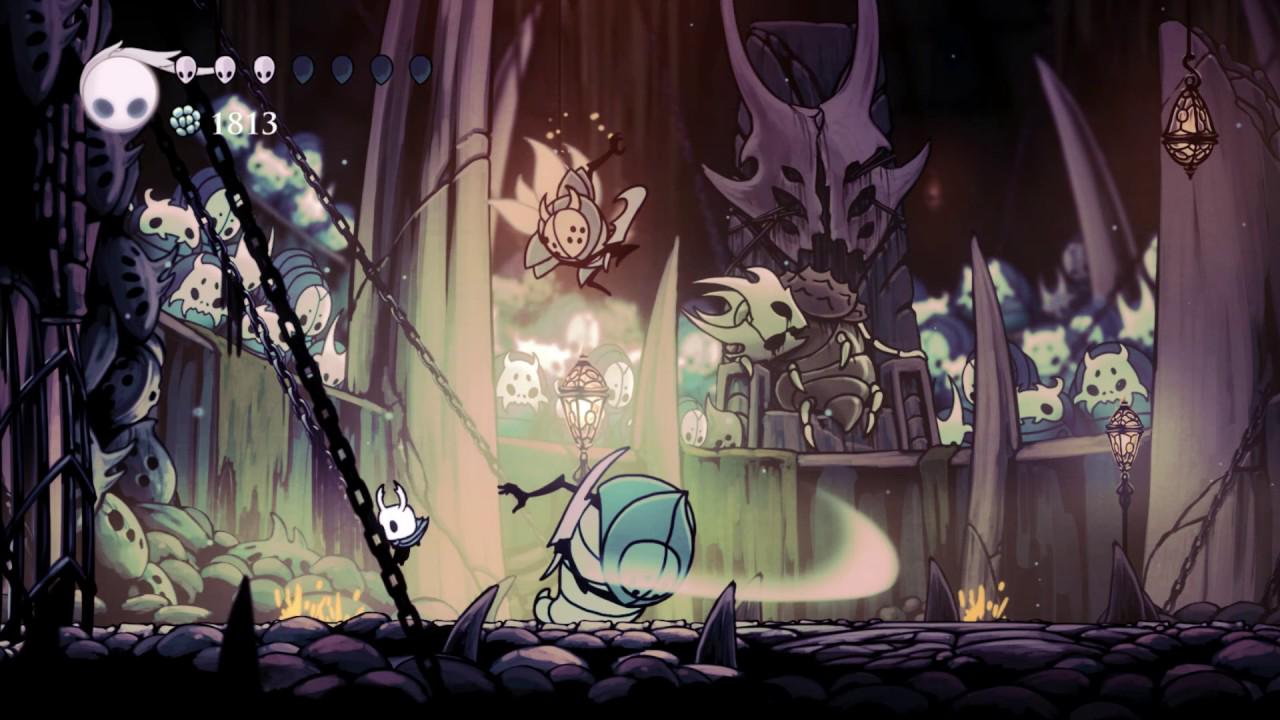
Art direction
Instead of pursuing resource-intensive hyper-realistic graphics, independent developers can focus on a unique and consistent visual style. "UNDERTALE" developed by American game developer and composer Toby Fox is a prime example. He almost single-handedly handled all development work from game concept to graphics, gameplay, and music. This "humble" game greatly enhanced its appeal and charm through exquisite pixel art and unforgettable character design. Clearly, maintaining a consistent and unique visual style helps independent games stand out in the market.
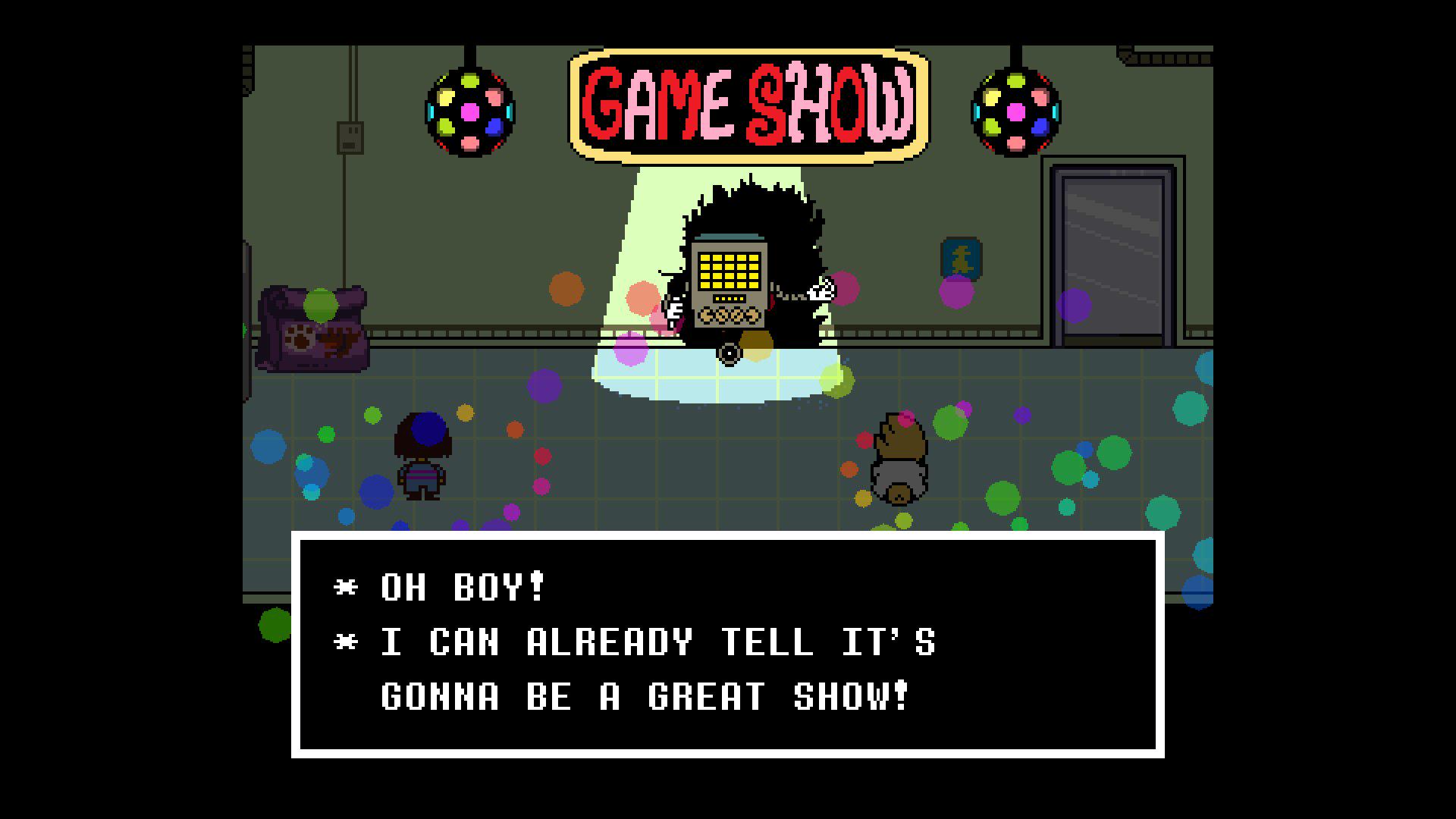
Sound design
Investing in solid sound design and excellent music for the game can significantly enhance the player's experience. In "Black Myth: Wukong," there are a large number of impressive and stylistically diverse game soundtracks, combining modern orchestration concepts with a large number of Chinese elements, adding color to the game's battles and storylines. These soundtracks were immediately popular among players after the game's release, leading "Black Myth: Wukong" to launch an offline thematic music tour. For independent developers, collaborating with emerging musicians and creative talents can enhance the game's sound atmosphere.
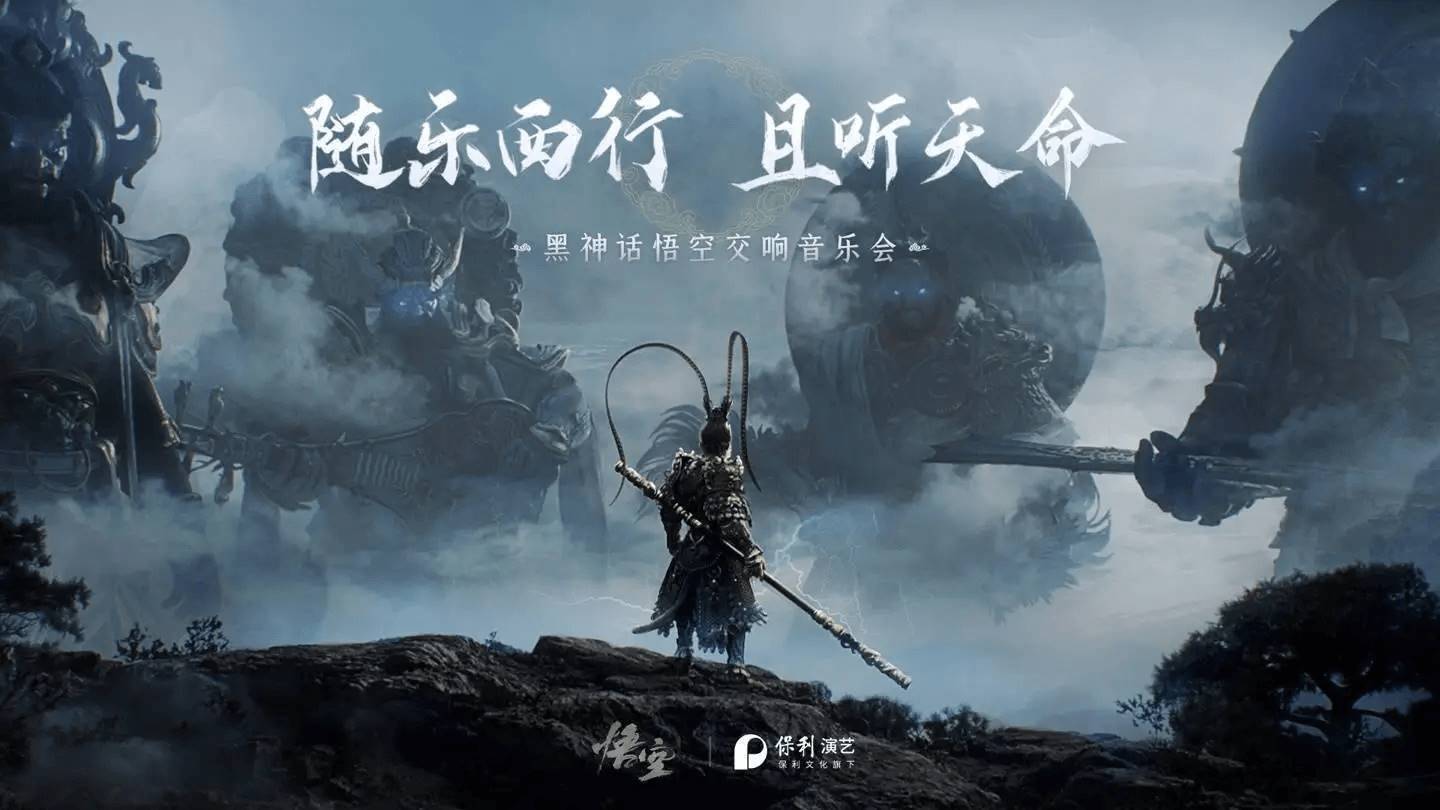
By carefully refining the above elements, independent developers can achieve production quality comparable to AAA games, or even surpass AAA games in the overall impact, providing players with exquisite and immersive experiences.
2. Active community engagement is key
AAA studios invest a large amount of resources in marketing and community building before the game is released, in order to attract a large player base on the day of release. Although independent developers have smaller marketing budgets, they can still learn from this practice. Early marketing is crucial. For example, American game designer Eric Barone (alias ConcernedApe) built a game community by sharing development updates, screenshots, and progress reports through developer blogs and forums during the development of "Stardew Valley," generating widespread interest and anticipation among players years before its official release.
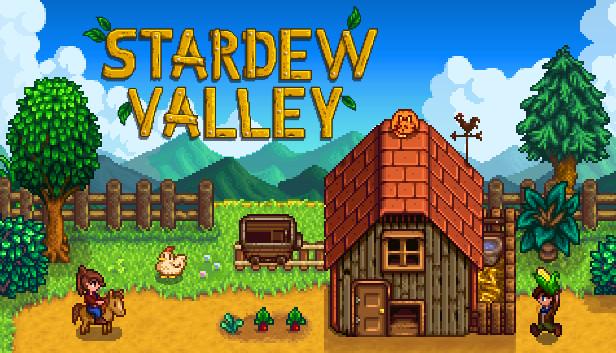
Marketing
Regular updates on social platforms such as X (formerly Twitter), Facebook, TikTok, and Instagram can maintain community awareness and excitement, especially when combined with Steam for developer updates. Some Web3 games also release their "cut-down versions" on the Steam platform. Discord and Reddit also help in direct interaction with fans to understand their preferences and feedback. For example, the game "Among Us" developed by InnerSloth maintained long-term popularity after its release through social media and an active community.

Crowdfunding
Platforms like Kickstarter and Indiegogo not only raise funds for projects but also help build a loyal fan base. Successful crowdfunding projects usually include detailed project descriptions, development timelines, and frequent updates, creating a loyal community among supporters. "Shovel Knight" developed by Yacht Club Games successfully used Kickstarter to raise funds and build an enthusiastic fan base, closely following the game's development progress.
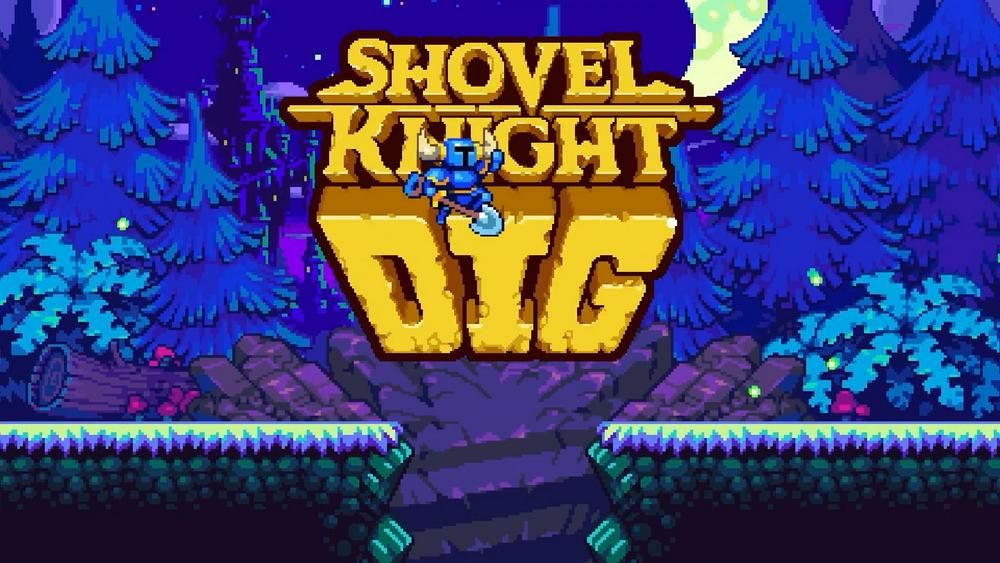
Regular updates and feedback
Maintaining interaction with players through regular updates and feedback is a crucial factor in building an active community. Early access programs, beta stages, and trial versions can provide valuable insights and help improve the game based on player feedback. American game developer Supergiant Games successfully used this method in the development of the Rogue-like game "Hades," continuously adjusting and optimizing the game based on community feedback through Steam's early access stage.
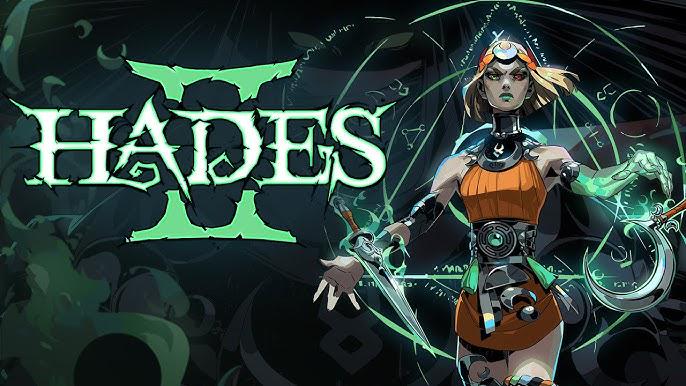
3. The return of iterative development and game testing
AAA studios typically rely on an iterative development process, refining the game through planning, execution, and evaluation cycles to achieve continuous improvement based on game testing and player feedback. Adopting a similar approach can greatly benefit independent developers, helping them to identify and address issues early on, ultimately releasing more refined and engaging products.
For example, the platformer indie game "Celeste," designed and developed by Canadian game designers Maddy Thorson and Noel Berry, initially had a prototype with only 30 levels designed for speedrunning. In order to achieve the goal of creating a game with a minimalist yet deep game system, the development team continuously invited playtesters and iterated on the game content. This helped them optimize the game's mechanics, difficulty balance, and overall design. By addressing feedback in a timely manner, "Celeste" received widespread acclaim for its design, storyline, and music immediately after its official release, and even received nominations for the 2018 Game Awards.
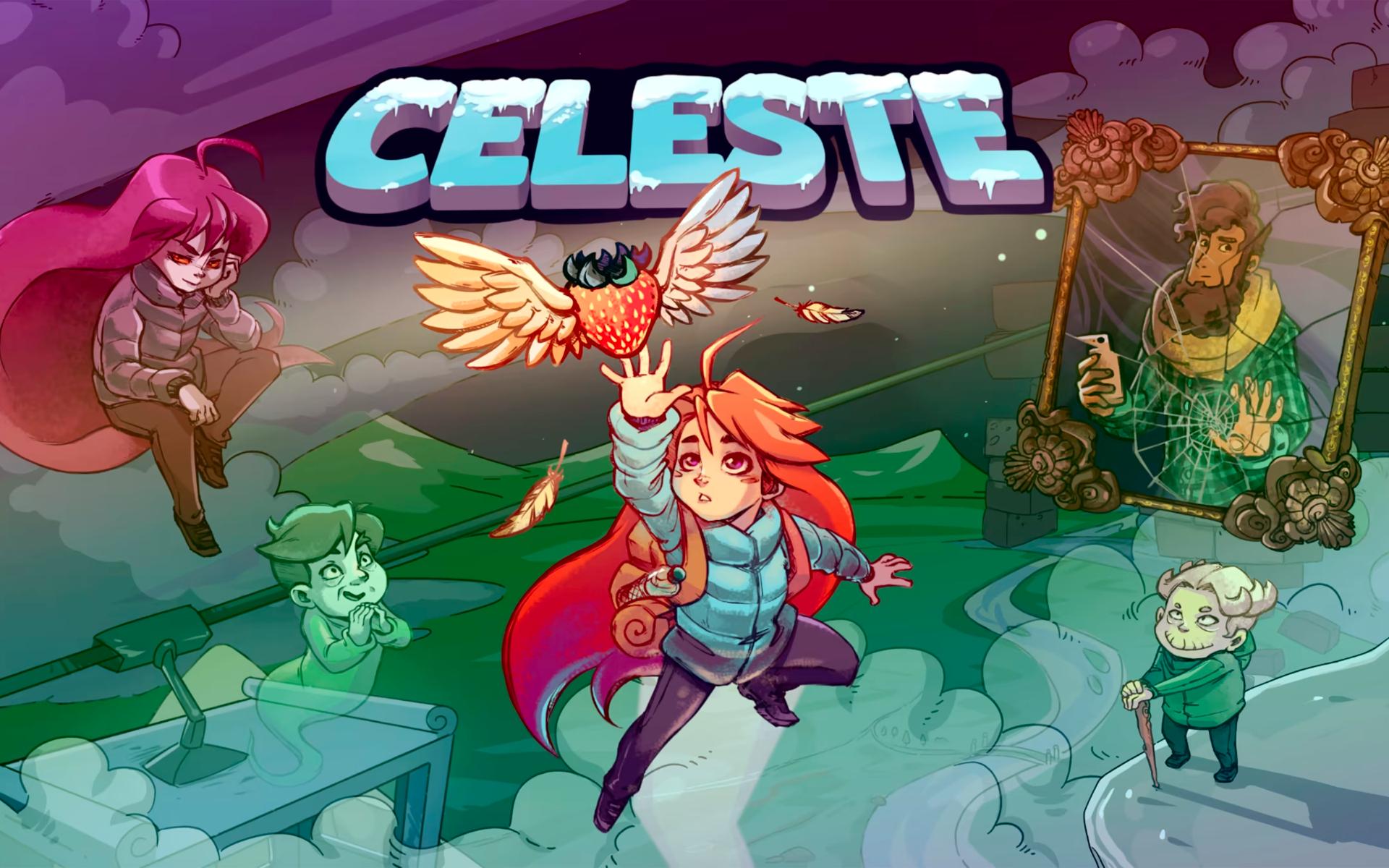
In general, the iterative development process includes:
Early prototype release
Independent developers can release early prototypes or alpha versions to a small group of testers. Platforms like the digital game store itch.io provide channels for developers to share early versions or host game development contests, gathering feedback from enthusiastic gaming communities. For example, the action-adventure game "Rogue Legacy" developed by Cellar Door Games benefited from early access and player feedback, helping the developers optimize the game's procedural generation and difficulty settings.
Game testing phase
Developers can organize game testing at different stages of development to collect diverse feedback, including internal testing with friends and family, as well as through online communities. Game testing not only helps identify bugs and game issues but also provides valuable insights into player behavior and preferences. The Canadian game developer Polytron Corporation spent 5 years developing the action-adventure game "Fez," which underwent extensive game testing during development, playing a key role in refining its unique puzzle mechanics and ensuring a smooth gaming experience. The game received high praise after its release and won the top award at the 2012 Independent Games Festival.
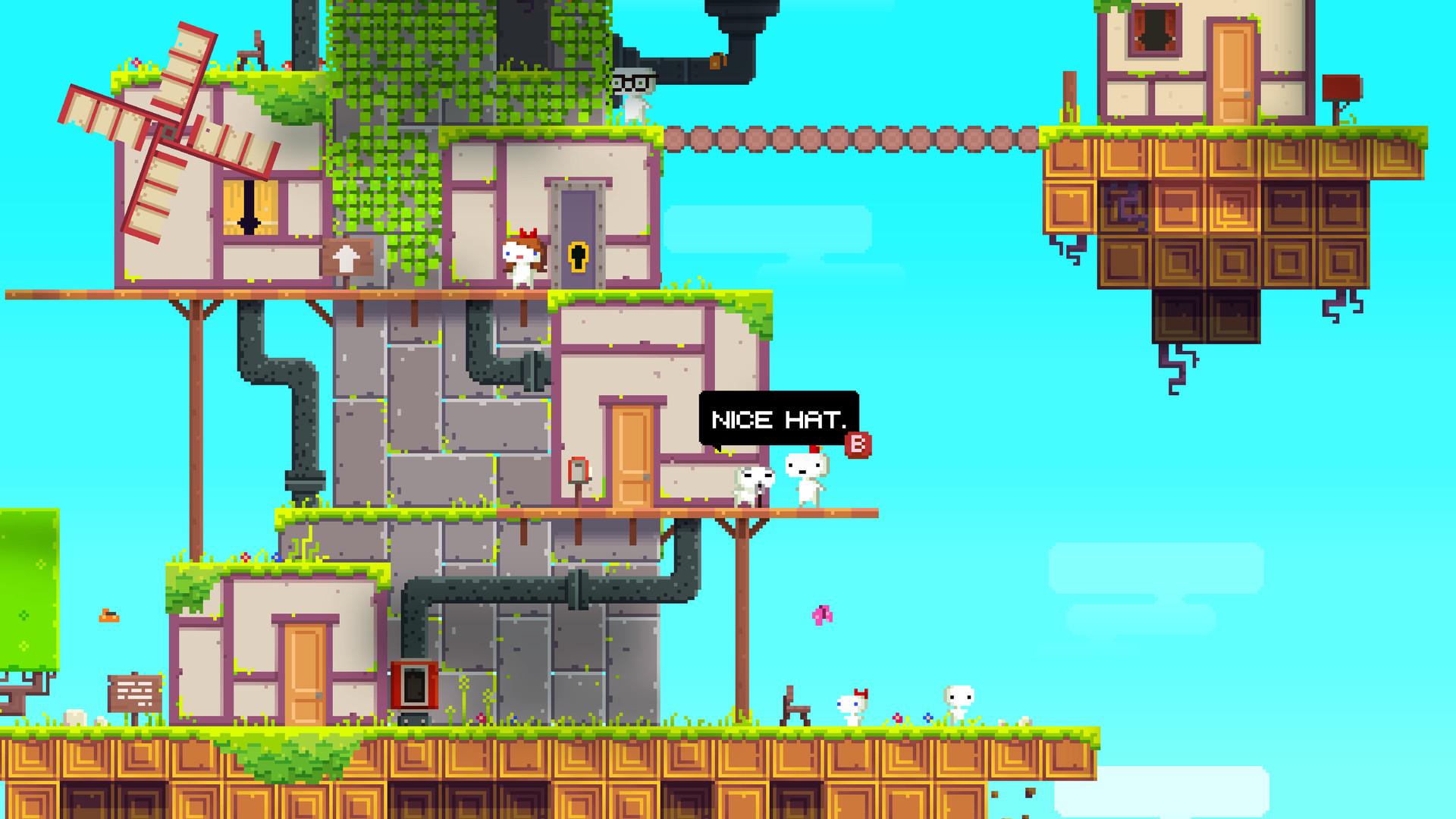
Beta testing platform
Utilizing beta testing platforms can provide more extensive feedback before the official release. Independent developers can open their games to more players through beta testing, collecting data on the game's performance on different systems and under various conditions. Motion Twin successfully used this method in the development of the action-platformer game "Dead Cells," gathering feedback on game mechanics and balance from the community through Steam's early access, with the development team revealing that 40% to 50% of the changes during early access were based on player feedback.

4. Strong storytelling and world-building are crucial
AAA games are often adept at creating profound storytelling and detailed worlds that immerse players for extended periods. In "Black Myth: Wukong," the character compendium system "Shadow God Chart" alone records the background stories of hundreds of small and large monsters defeated by players, captivating both domestic and international players. Game developers can learn valuable lessons from this, as they may have limitations in budget and team size, but can still significantly impact the game's popularity and player engagement by focusing on strong narrative elements and world-building:
Game storytelling
Engaging storytelling typically includes stories that resonate with players, accompanied by memorable characters, emotional arcs, and meaningful choices. Creating a coherent world with consistent background settings and visual styles can enhance immersion and deepen the connection between players and the game. Small independent works like "Hyper Light Drifter," an action-adventure game developed by Heart Machine, demonstrate the power of effective world-building. Despite minimal in-game dialogue, it relies on detailed pixel art, atmospheric sound design, and environmental storytelling to convey a rich post-apocalyptic world.
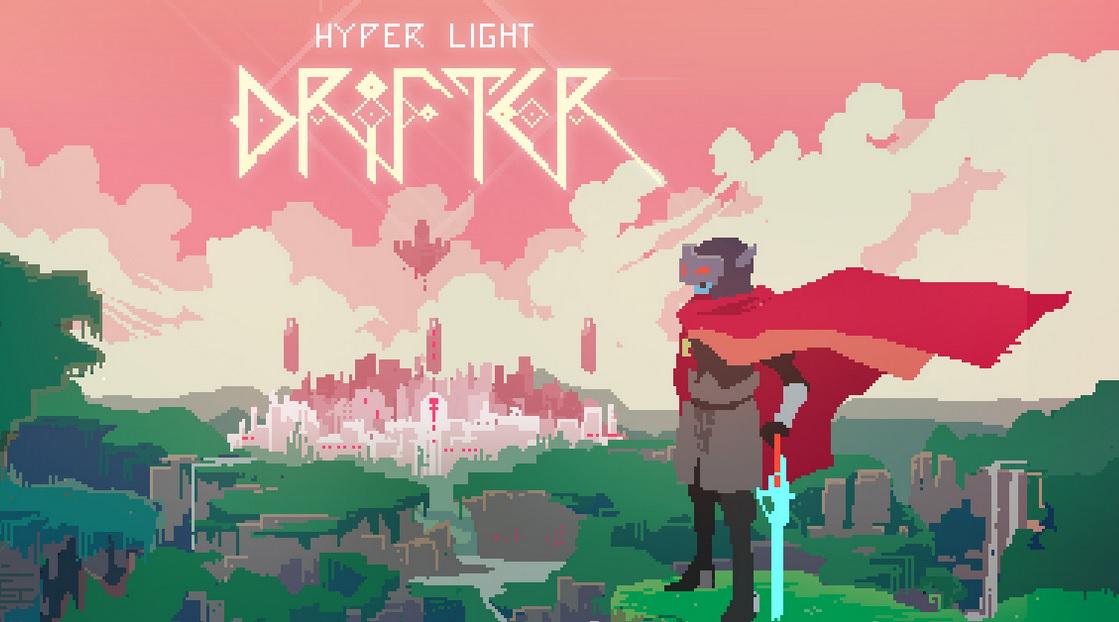
Environmental storytelling
This approach uses game environments to convey narrative elements, rather than relying solely on dialogue or cutscenes. For example, the adventure puzzle game "Inside" developed by the Danish indie game development team Playdead Studios achieved storytelling success largely through its visual design. The game reveals its dark, dystopian world through meticulously designed levels and uses environmental clues to convey the narrative. IGN stated that players could feel the game's beautiful, eerie, and terrifying atmosphere within just ten minutes of experiencing "Inside." Game developers can use this technique to add depth to the game without relying heavily on dialogue or narration.
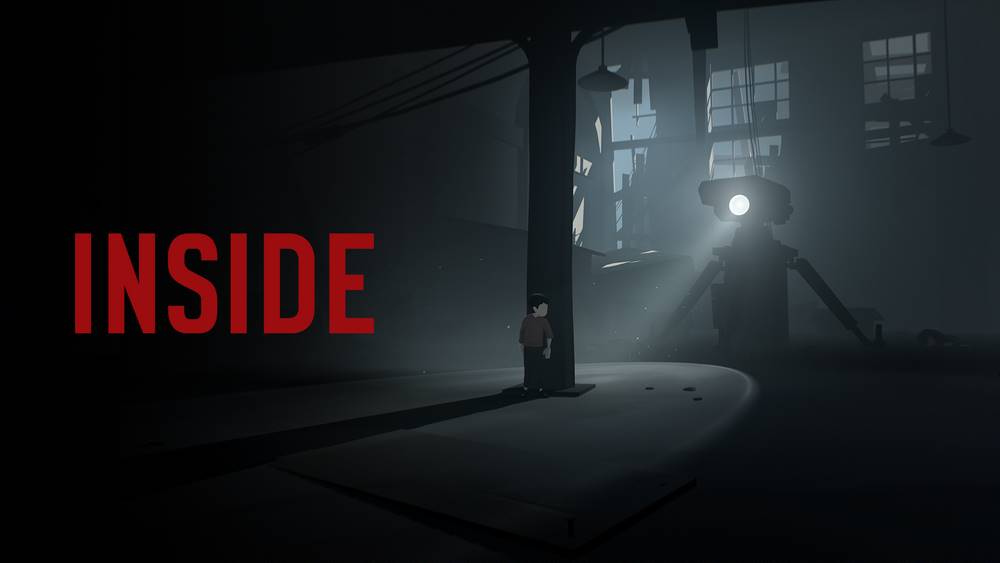
Collaboration
If there is a need to enhance the game's storytelling, developers should not hesitate to invite external writers and artists. For example, the narrative-driven action-adventure game "Kena: Bridge of Spirits" developed by Ember Lab received assistance from external teams such as the Singaporean game developer Virtuos in asset production, level design, and visual effects. This collaboration allowed the main developers to focus on the core vision of the game while benefiting from external expertise. By prioritizing strong narrative elements, independent games can achieve depth and player engagement comparable to the most refined AAA works.
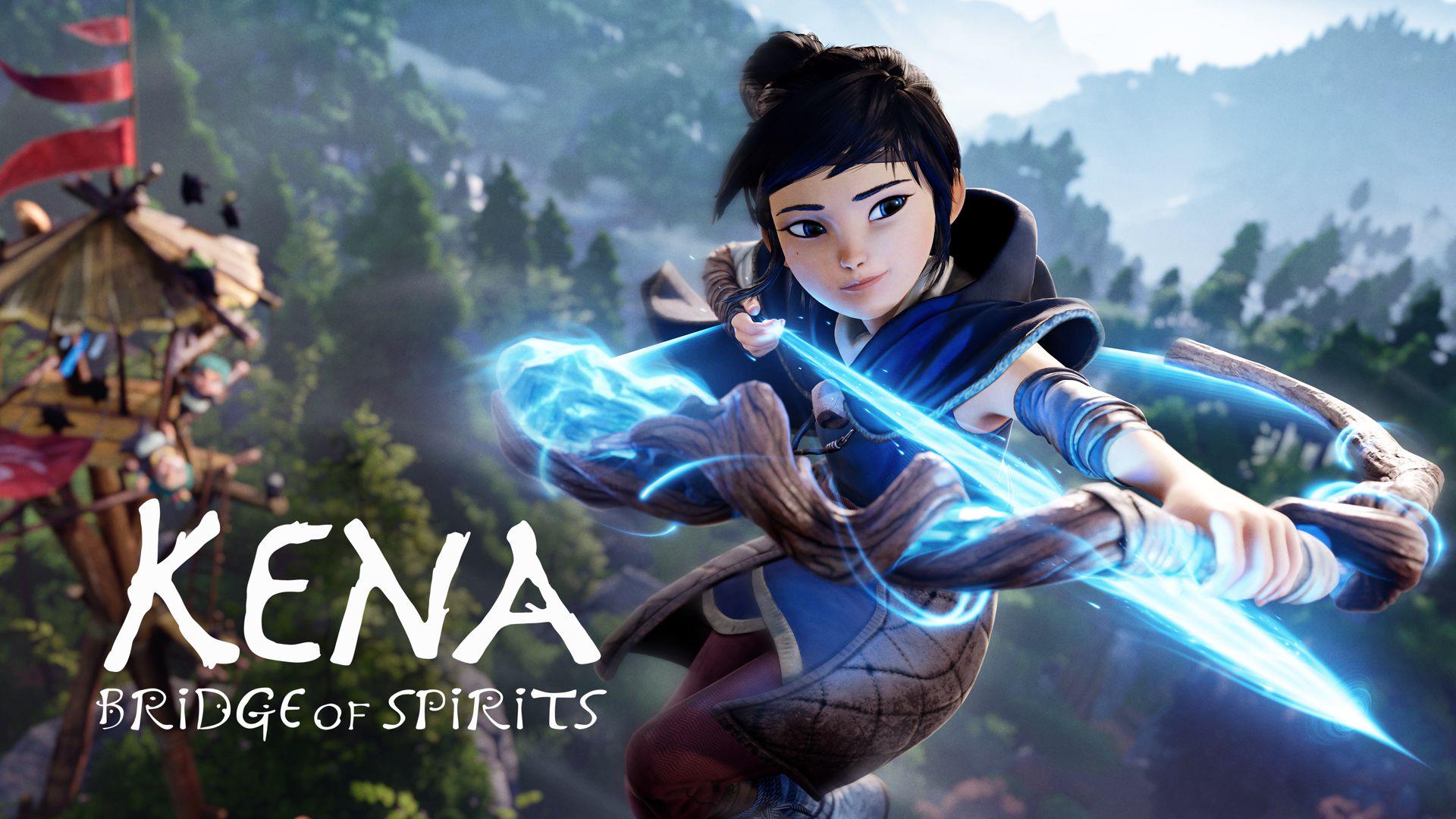
5. Ongoing support ensures the game's longevity
AAA studios maintain player engagement and extend the lifespan of their games through ongoing support and continuous updates. Providing ongoing support means:
Post-release updates
Subsequent patch updates help maintain the game's health. Through these updates, developers can fix bugs, adjust game balance, and address performance or compatibility issues that may arise after release. For example, the AAA game "Cyberpunk 2077" received high praise from critics for its artistic and playable aspects before its release. However, after the game's official release, its performance and graphics on console platforms were disappointing, and the game had numerous bugs, leading to widespread criticism from players. The developer CD Projekt focused on bug fixes over the next few years and released multiple patches to improve the game's graphics and performance. Ultimately, after the release of the new DLC "Cyberpunk 2077: Shadows of the Past" in 2023, its reputation was reversed, receiving "overwhelmingly positive" reviews on Steam.

Community Feedback
Independent developers can interact with players through forums, social media, and in-game surveys to collect feedback on improvements or additions players would like to see. The aforementioned "Dead Cells" developed by Motion Twin is a typical example. The development team engages with the audience through live game streaming on Twitch, allowing viewers to vote and directly influence the game process, such as deciding the type of weapon obtained from a chest, the strength of monsters, and character health restoration effects. The continuous optimization has received praise from many players, and the game received widespread acclaim after its official release.
Downloadable Content (DLC)
Independent developers can create meaningful and reasonably priced DLCs that enhance the game's fun and replayability by providing novel and significant content. As mentioned earlier, "Hollow Knight" released multiple free DLC packs introducing new areas, bosses, and abilities, significantly expanding the game content and maintaining player engagement without additional charges. This not only added value for existing players but also attracted new players who saw ongoing support as a strong testament to the game's quality.
Regular Updates
Planning for post-release content should begin early in the development process. Developers can pre-plan future content scenarios, including additional levels, new features, or story expansions. For example, MegaCrit's card-based roguelike game "Slay the Spire" regularly releases updates and new content, keeping the player community engaged and passionate about the game. These updates include new characters, new cards, and balance adjustments, greatly enriching the overall game experience.
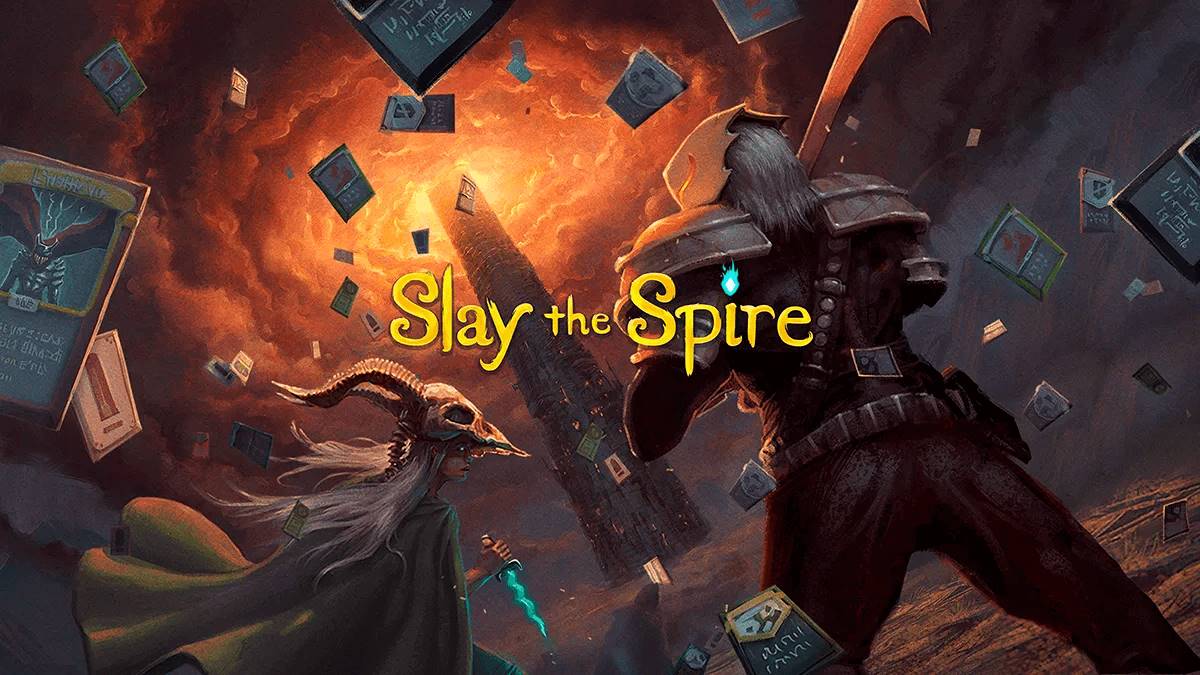
免责声明:本文章仅代表作者个人观点,不代表本平台的立场和观点。本文章仅供信息分享,不构成对任何人的任何投资建议。用户与作者之间的任何争议,与本平台无关。如网页中刊载的文章或图片涉及侵权,请提供相关的权利证明和身份证明发送邮件到support@aicoin.com,本平台相关工作人员将会进行核查。




